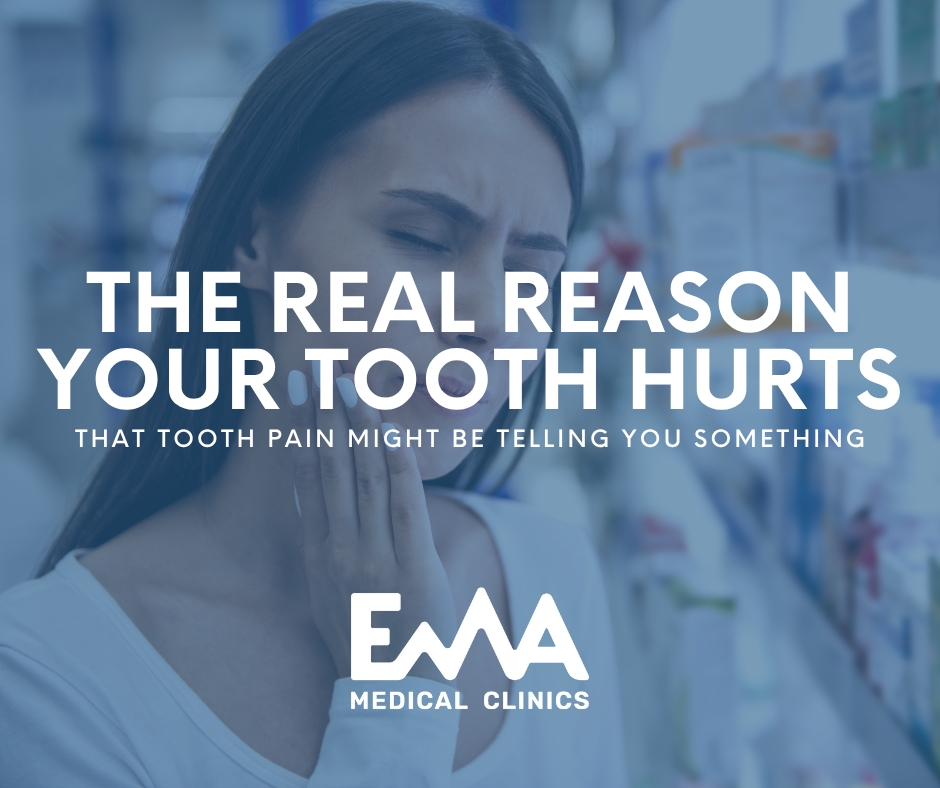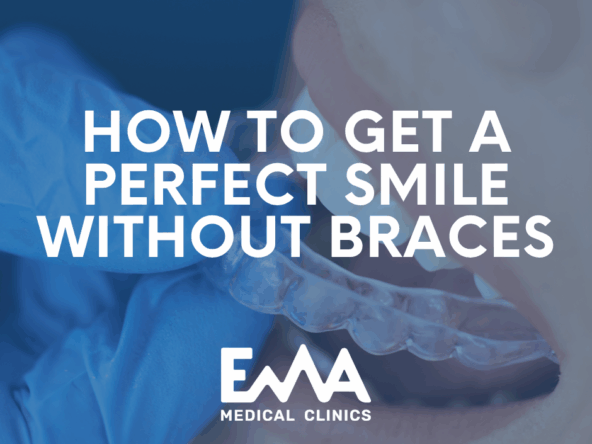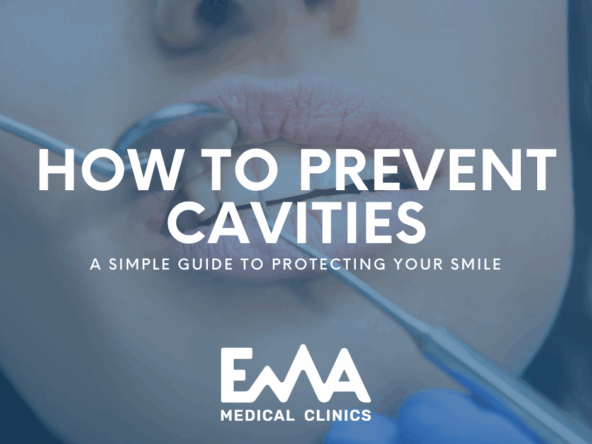Have you ever felt a sharp twinge in your tooth when drinking something cold or noticed a dull, lingering ache that just won’t go away? Maybe you’ve even seen a dark spot or felt a hole with your tongue. If any of that sounds familiar, you might be wondering: “Do I need a filling?”
The answer might be yes and that’s okay. Dental fillings are one of the most common (and simple) treatments used to repair teeth and stop pain before it gets worse. In this blog, we’ll walk you through what a filling is, when you might need one, and what to expect during the procedure so you can feel informed and confident.
What is a dental filling?
A dental filling is a material used to repair a damaged or decayed tooth. When a cavity forms (usually due to plaque, bacteria, and sugars wearing down the enamel) it creates a small hole or weak spot in your tooth. A filling cleans out that decay and then “fills” the space to protect the tooth from further damage.
It’s a simple, effective way to stop pain, restore function, and prevent a small problem from becoming a bigger one.
Signs you might need a filling
Many people don’t realize they need a filling until their dentist tells them, but there are some clear signs to watch for. If you’re experiencing any of these symptoms, it could mean there’s a cavity forming or an old filling needs to be replaced:
- Tooth sensitivity (especially to hot, cold, sweet, or pressure),
- Pain when chewing or biting down,
- A visible hole or dark spot on a tooth,
- A chipped or broken tooth,
- A constant, dull ache in one area,
- Food getting stuck in a certain tooth often,
- An old filling that has come loose or fallen out.
You might not feel any pain at all and that’s why regular dental checkups are important. Your dentist can catch early signs of decay before it causes discomfort.
Why it’s important to treat cavities early?
If a cavity is left untreated, the decay can spread deeper into the tooth, eventually reaching the nerve. That can lead to more serious problems like infections, abscesses, or the need for a root canal.
Getting a filling early:
- Stops the spread of decay,
- Keeps more of your natural tooth structure,
- Prevents pain and complications down the line,
- Saves you money and time compared to more complex treatments.
It’s one of the quickest, most cost-effective ways to preserve your smile.
What to expect during the filling procedure?
Worried it will hurt? Don’t be. Getting a filling is a routine, virtually painless treatment, thanks to modern techniques and local anesthesia. Here’s what usually happens:
- Numbing: Your dentist will gently numb the area so you don’t feel any pain.
- Removing decay: The damaged or decayed part of the tooth is cleaned out.
- Filling the space: The dentist fills the cleaned area with a safe, tooth-colored material (like composite resin).
- Shaping and polishing: The filling is shaped to fit your bite and smoothed so it looks and feels natural.
Most appointments take less than an hour, and you can go right back to your day afterward.
What types of fillings are available?
There are several kinds of filling materials, and your dentist will recommend what’s best for your situation. Common options include:
- Composite (tooth-colored): blends in with your teeth, great for front or visible areas
- Amalgam (silver-colored): strong and durable, often used in back teeth
- Ceramic or porcelain: long-lasting and natural-looking
- Gold: very durable, but less common and more expensive
The choice often depends on the location of the cavity, your budget, and your personal preferences.
Eating for strong, cavity-free teeth
Keeping your teeth healthy isn’t just about brushing and flossing. It also starts with what you eat. Certain foods can help strengthen your enamel, reduce harmful bacteria, and support overall oral health.
1) Dairy products like milk, cheese, and yogurt are rich in calcium and phosphates, which help rebuild tooth enamel.
2) Crunchy fruits and vegetables such as apples, carrots, and celery act like natural toothbrushes, stimulating saliva and scrubbing the teeth.
3) Leafy greens like spinach and kale are packed with minerals and vitamins that benefit your gums.
4) Even drinking plenty of water, especially fluoridated water, helps rinse away food particles and bacteria.
By adding these tooth-friendly foods to your daily routine, you’ll help protect your teeth between dental visits and reduce your chances of needing future fillings.
Well… That tooth pain might be telling you something
If you’ve been ignoring that sensitive tooth, or thinking, “It’ll probably go away,” now’s the time to listen to your body. Tooth pain even if it comes and goes, is your mouth’s way of asking for help.
A dental filling might be exactly what you need to stop decay, relieve discomfort, and get back to smiling without worry. It’s quick, simple, and can make a big difference in your comfort and confidence.
Not sure if a filling is right for you?
Through “EMA Clinics” platform, you can connect with some of the top dental clinics in Albania, where experienced professionals will assess your situation and offer the right treatment for your needs. Take the first step toward a healthier, pain-free smile, starting today.




